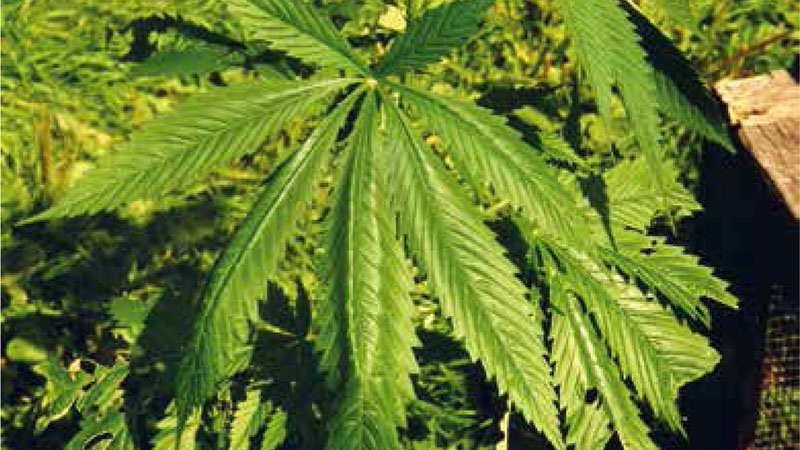Exposure to drugs of abuse
People use a wide variety of substances recreationally for their hallucinogenic, stimulant or sedative effects. These include amphetamines, cocaine, cannabis, opiates and opioids and new psychoactive substances (previously called ‘legal highs’). Companion animals may be exposed to these substances when they are stored inadequately, smoked in close proximity to pets, or sometimes given intentionally. Information on the clinical effects and toxic doses of the new psychoactive substances is limited in humans and almost absent in animals. Clinical signs after exposure to recreational drugs are often rapid in onset and gastric decontamination may not be appropriate. The mainstay of treatment is supportive care, managing stimulant effects and supporting the cardiovascular and respiratory systems. Benzodiazepines are recommended in the management of stimulant effects. Naloxone is a specific antidote recommended for rapid reversal of opiate/opioid central nervous system or respiratory depression.
Nicola Bates -
